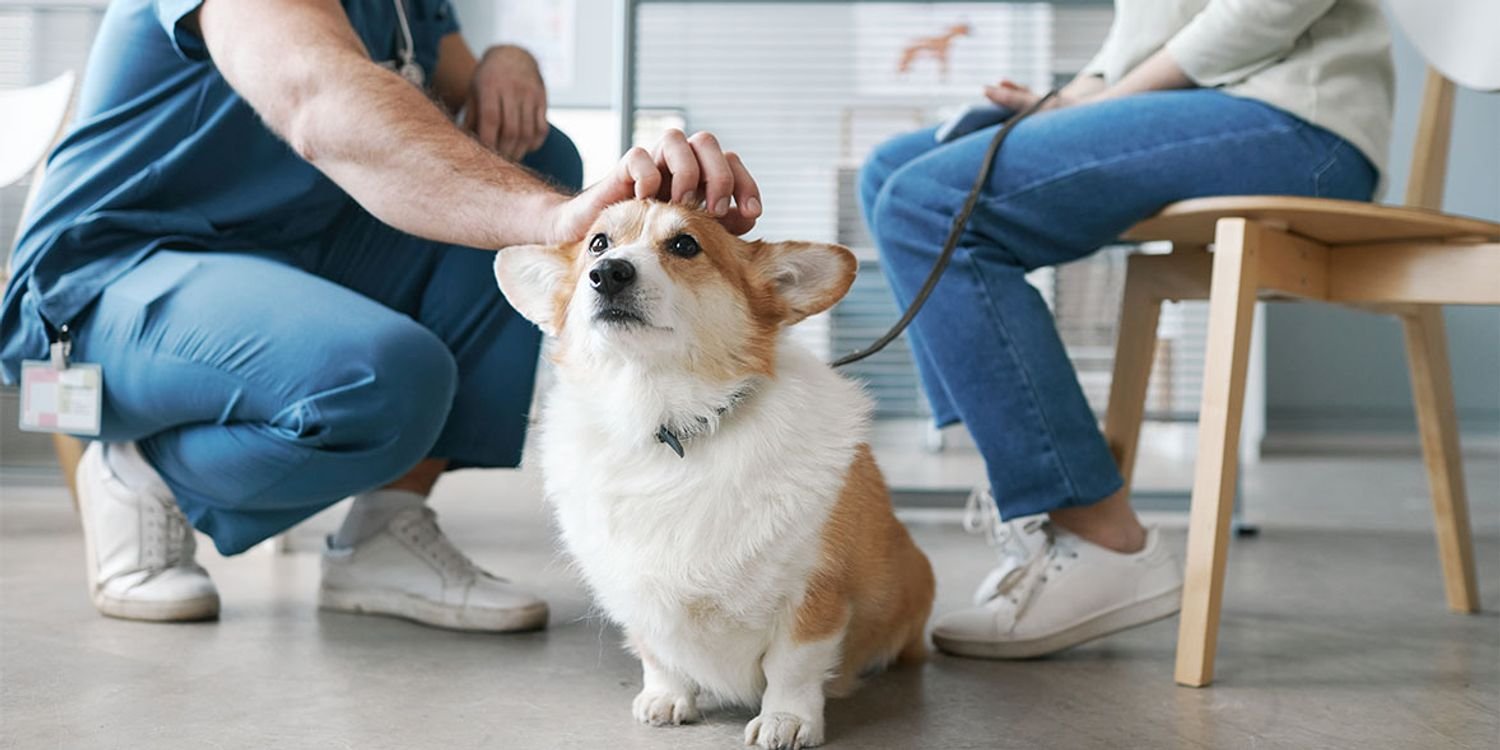UK Watchdog Proposes Sweeping Reforms for Veterinary Sector Amid Price Transparency Concerns
The Competition and Markets Authority has unveiled radical proposals to overhaul the UK’s £6.3bn veterinary services market, including potential price caps on prescriptions and mandatory publication of treatment costs. The landmark intervention follows a comprehensive investigation that found pet owners may be paying twice as much for common medicines at veterinary practices compared to online pharmacies.
In one of the most significant regulatory interventions in the sector’s history, the CMA veterinary services investigation identified systemic issues affecting transparency and competition. The watchdog’s provisional findings revealed that pet owners pay 16.6% more on average at large vet groups than at independent practices, with overall prices increasing by 63% between 2016 and 2023—substantially outpacing general inflation.
Twenty-One Measures Proposed to Modernize Outdated System
The comprehensive reform package includes 21 specific measures designed to address what the CMA describes as a market “not fit for purpose.” Central to the proposals is requiring veterinary businesses to cap the cost of providing prescriptions at £16 and publish comprehensive price lists that enable meaningful comparison between providers.
“Pet owners are often left in the dark, not knowing whether their practice is independent or part of a chain or what a fair price looks like,” said Martin Coleman, the chair of the CMA’s inquiry group. “They are sometimes committing to expensive treatment without understanding the price in advance.”
The regulator also proposed creating a comprehensive price comparison website and requiring practices to make clear if they are part of a large corporate group. Additional measures include ensuring that veterinary policies and processes prioritize the best interests of pets and their owners, providing written prices for treatments exceeding £500, and mandating itemised bills with detailed pricing breakdowns for pet care plans.
The developments in the UK veterinary sector represent part of a broader global trend toward consumer protection in essential services, with comprehensive coverage available through international news platforms tracking regulatory changes across multiple industries and countries.
According to the detailed reporting from The Guardian, the CMA veterinary services investigation was launched after an initial inquiry prompted an “unprecedented response” from 56,000 individuals, including both customers and veterinary professionals. This overwhelming public engagement highlighted widespread concern about practices within the industry.
Corporate Consolidation and Regulatory Gaps Under Scrutiny
The investigation shed light on the dramatic transformation of the veterinary landscape through corporate consolidation. The CMA found that acquisitions of vet practices by larger companies led to an average price increase of 9% four years later, raising questions about the competitive impact of market concentration.
Much of the regulator’s concern focused on six large veterinary groups that now own the majority of practices. These include two listed companies (CVS and Pets at Home), three owned by private equity investors (IVC, VetPartners and Medivet), and Linnaeus, which is owned by Mars Petcare. This consolidation has fundamentally changed the traditionally fragmented, locally-owned nature of veterinary services.
“The current regulatory system dates back to 1966. It only regulates individual veterinary professionals and not vet businesses, even though most practices are part of a large corporate group.”
This regulatory gap has become increasingly significant as corporate ownership has expanded. The existing framework governs individual veterinary professionals but doesn’t extend to the business entities that now dominate the market, creating what the CMA considers a fundamental mismatch between regulatory scope and market reality.
The CMA veterinary services investigation found that customers frequently lacked awareness of both the prices of common services and whether their local practices were part of large national chains. This information asymmetry prevented effective price comparison and potentially allowed for significant price disparities for identical services in different locations.
Perhaps most strikingly, the investigation revealed that pet owners may be paying hundreds of pounds more for common medicines when purchasing directly from veterinary practices compared to online pharmacies. This price differential particularly affected owners who didn’t feel confident requesting prescriptions to shop elsewhere, often due to concerns about jeopardizing their relationship with their veterinary practice.
The British Veterinary Association responded to the proposals with cautious concern. While acknowledging positives in the CMA’s findings, the organization warned that some measures could inadvertently affect service delivery and animal welfare outcomes if not carefully implemented.
Rob Williams, the president of the British Veterinary Association, emphasized the complexity of veterinary care delivery, noting that standardized price lists might not adequately reflect the varied nature of treatment protocols and individual patient needs. His comments highlight the challenge of balancing transparency with the medical complexity inherent in veterinary practice.
Pets at Home, which operates the Vets for Pets chain, noted that most of its practices operate under a joint venture structure with local veterinarians. A company spokesperson expressed support for updating sector regulations, indicating they had been “calling on government to make progress on this for over two years.”
Consumer advocacy groups welcomed the CMA’s intervention. Sue Davies, head of consumer protection policy at Which?, highlighted research showing many pet owners had encountered problematic practices including unclear pricing, potentially excessive charges, and limited options for complaint resolution.
The financial markets responded positively to the announcement, with share prices of the two listed operators—Pets at Home and CVS—rising 4.6% and 3.2% respectively. Analysts noted that the absence of material pricing controls in the proposals alleviated investor concerns about potential revenue impacts.
The CMA veterinary services proposals now enter a consultation phase, with interested parties having until next month to make submissions before the regulator publishes its final decision in March. This timeline allows for industry feedback and potential refinement of the measures based on stakeholder input.
The investigation represents part of a broader pattern of increased regulatory scrutiny of essential services in the UK. Similar interventions have occurred in sectors ranging from energy to banking, reflecting growing concern about consumer protection in markets where information asymmetry and limited choice can disadvantage customers.
For pet owners, the proposed changes could fundamentally transform how they access and pay for veterinary services. The emphasis on price transparency and comparison tools would represent a significant shift from the current opaque pricing environment, potentially saving consumers hundreds of pounds annually on veterinary care and medications.
The outcome of this regulatory process will likely set important precedents for how professional services markets balance business autonomy with consumer protection. The veterinary sector’s experience may influence approaches to other professions where similar information asymmetries and market concentration issues exist.
As the consultation period progresses, attention will focus on how the final recommendations balance the competing priorities of price transparency, business viability, and animal welfare. The ultimate test will be whether the reforms successfully create a more competitive and transparent market without compromising the quality of care that UK pets receive.


